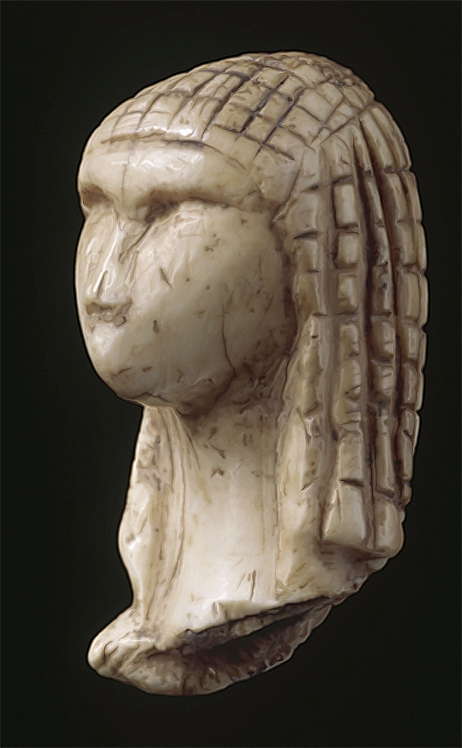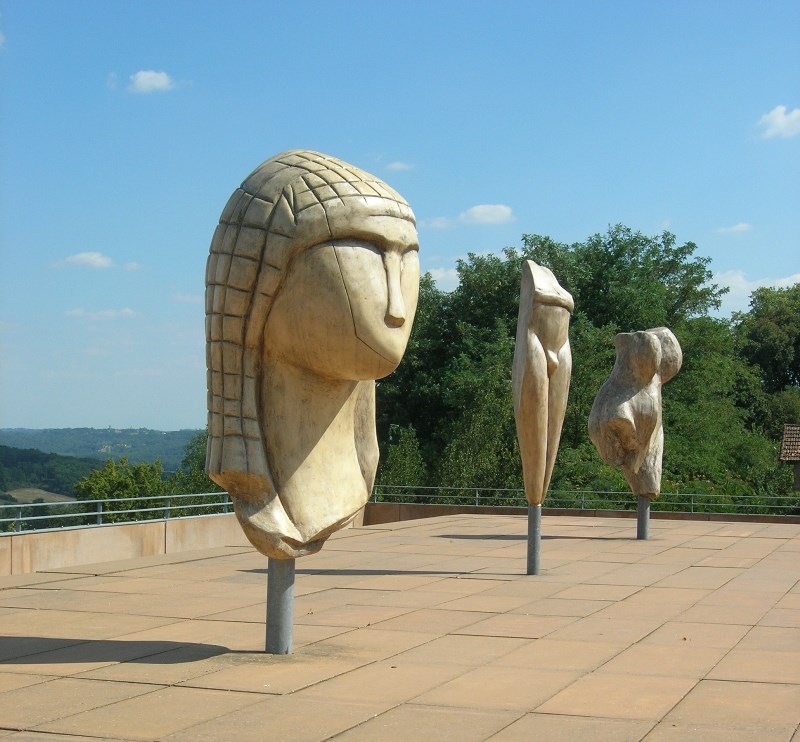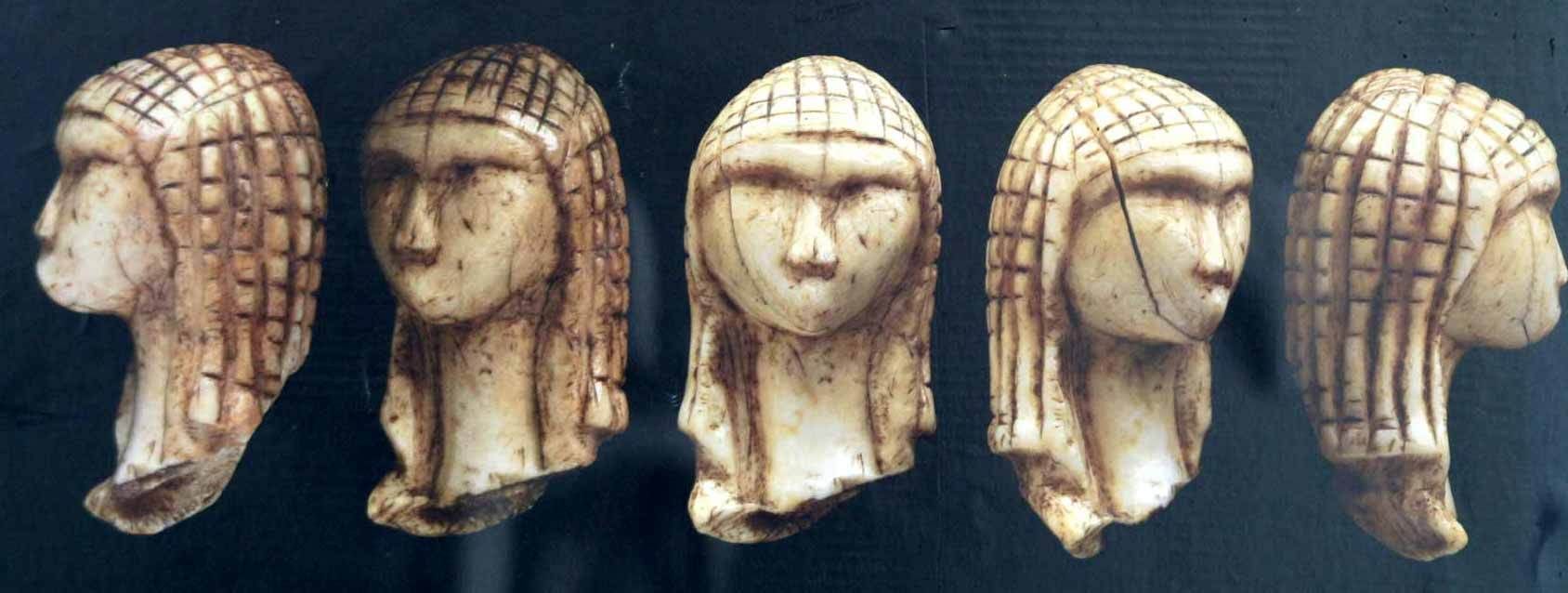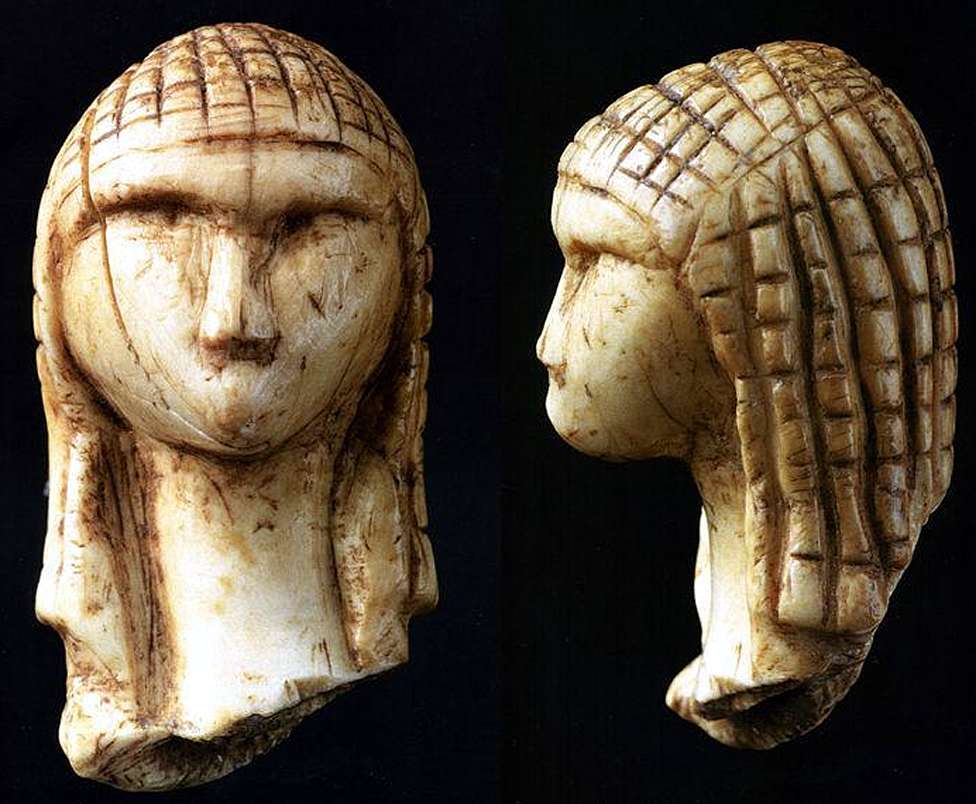The Venus of Brassempouy, often referred to as “La Dame de Brassempouy” or “Lady with the Hood,” is an extraordinary fragmentary ivory figurine dating back to the Upper Palaeolithic period. Unearthed in 1894 from a cave in Brassempouy, France, this ancient relic is estimated to be around 25,000 years old. It is recognized as one of the earliest known realistic depictions of a human face, offering invaluable insights into the art and culture of prehistoric times.
Discovery and Significance
The Village of Brassempouy
Brassempouy is a quaint village situated in the Landes department of southwestern France. It is famous for its two major Paleolithic sites: the Galerie des Hyènes (Gallery of the Hyenas) and the Grotte du Pape (Grotto of the Pope), located just 100 meters apart. These caves were among the first Paleolithic sites explored in France, with the Venus of Brassempouy being discovered in the Grotte du Pape.

The Excavation
The Grotte du Pape was first examined by P. E. Dubalen in 1881, followed by further investigations led by J. de Laporterie and Édouard Piette starting in 1894. Although archaeological methods were still in their infancy at that time, leading to insufficient attention to stratigraphy, significant findings emerged. In 1892, amateur excavations caused considerable disruption to the site; however, Piette managed to identify layers linked to the Solutrean period. Modern analyses conducted by Henri Delporte between 1981 and 2000 later classified the most important discoveries, including the Venus of Brassempouy, as belonging to the Gravettian period.
The Figurine
Description and Features

The Venus of Brassempouy is crafted from mammoth ivory and measures 3.65 cm in height, 2.2 cm in depth, and 1.9 cm in width. It features intricately carved details, such as a prominent forehead, nose, and brows, but notably lacks a mouth. A vertical crack runs down one side of the face due to the ivory’s internal structure. The head is embellished with a checkerboard pattern of shallow incisions, which have been interpreted variously as a wig, a hood decorated with geometric designs, or hair arranged in cornrows.
Artistic and Cultural Context
Archaeologist Paul Bahn describes the head as “unsexed,” despite its common designation as a “Venus” or “lady.” The figurine’s realistic yet stylized representation does not align precisely with any known human population, showcasing the distinctive artistic vision of its creators. Scholars attribute the Venus of Brassempouy to the Upper Palaeolithic Gravettian culture, placing it in the Middle Gravettian period, approximately 26,000 to 24,000 years ago. This timeframe coincides with other significant Paleolithic Venus figurines from sites such as Lespugue, Dolní Věstonice, and Willendorf.
Display and Preservation

Current Exhibition
Today, the Venus of Brassempouy is housed at the Musée d’Archéologie Nationale in Saint-Germain-en-Laye, near Paris. Given the fragility of ivory and its susceptibility to environmental damage, this figurine is not included in the museum’s general Paleolithic collection; instead, it is displayed in the Salle Piette, accessible only by reservation.
Local Exhibits
In Brassempouy, the Maison de la Dame showcases various artifacts unearthed from the Grotte du Pape. This exhibition space focuses primarily on regional archaeology and features a collection of casts from Paleolithic sculptures, including all nine existing specimens from Brassempouy, along with casts of other renowned figures such as the Venuses from Lespugue, Willendorf, and Dolní Věstonice.
Conclusion
The Venus of Brassempouy stands as a remarkable symbol of the artistic talent and cultural depth of Upper Palaeolithic societies. Its discovery has significantly enhanced our understanding of prehistoric art, providing a rare window into human history. As one of the earliest realistic representations of a human face, it continues to intrigue and inspire scholars and audiences alike, ensuring that the legacy of our ancient ancestors remains alive for future generations.

